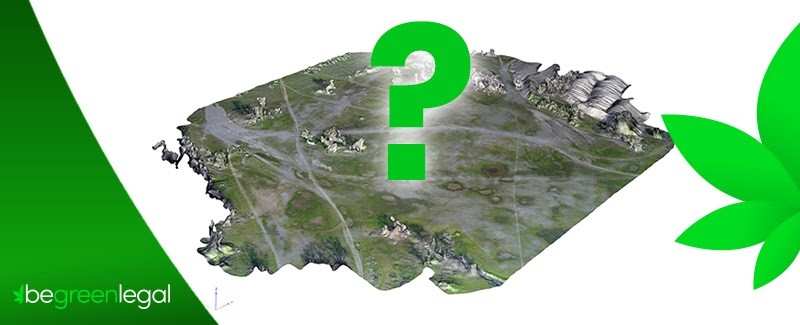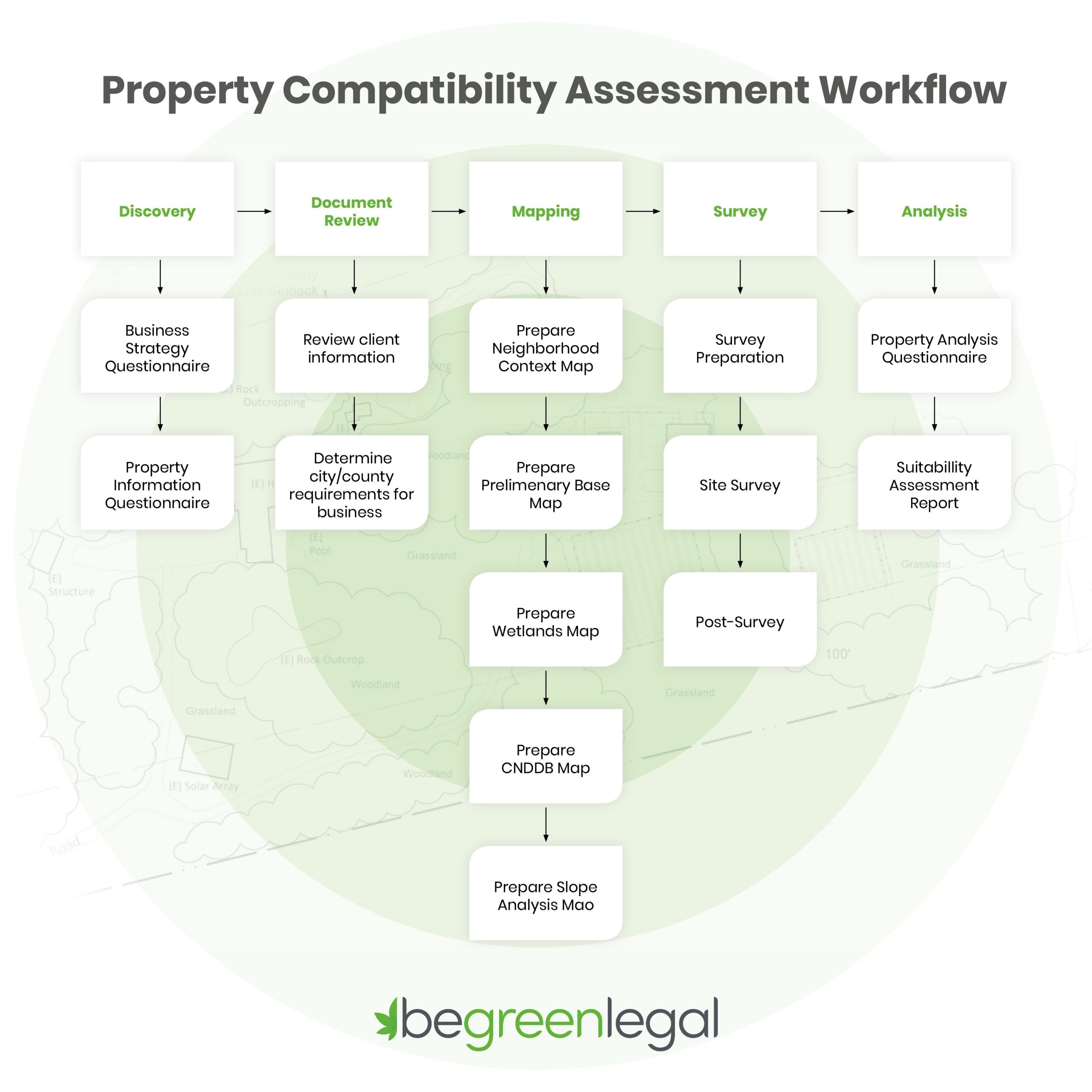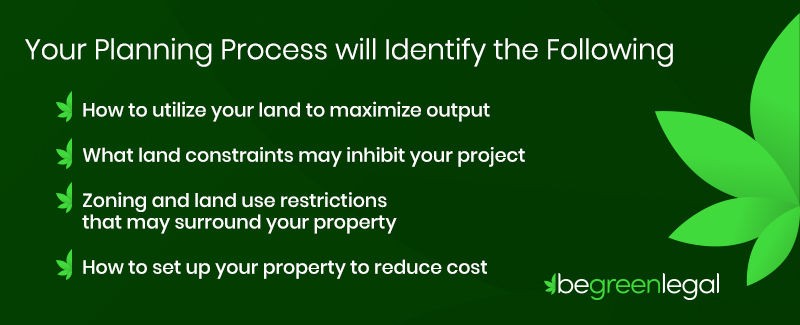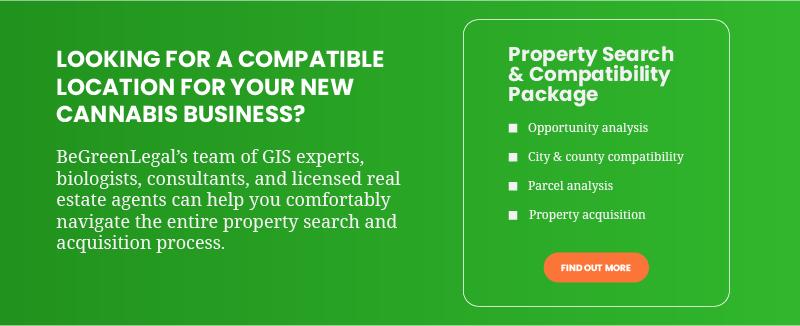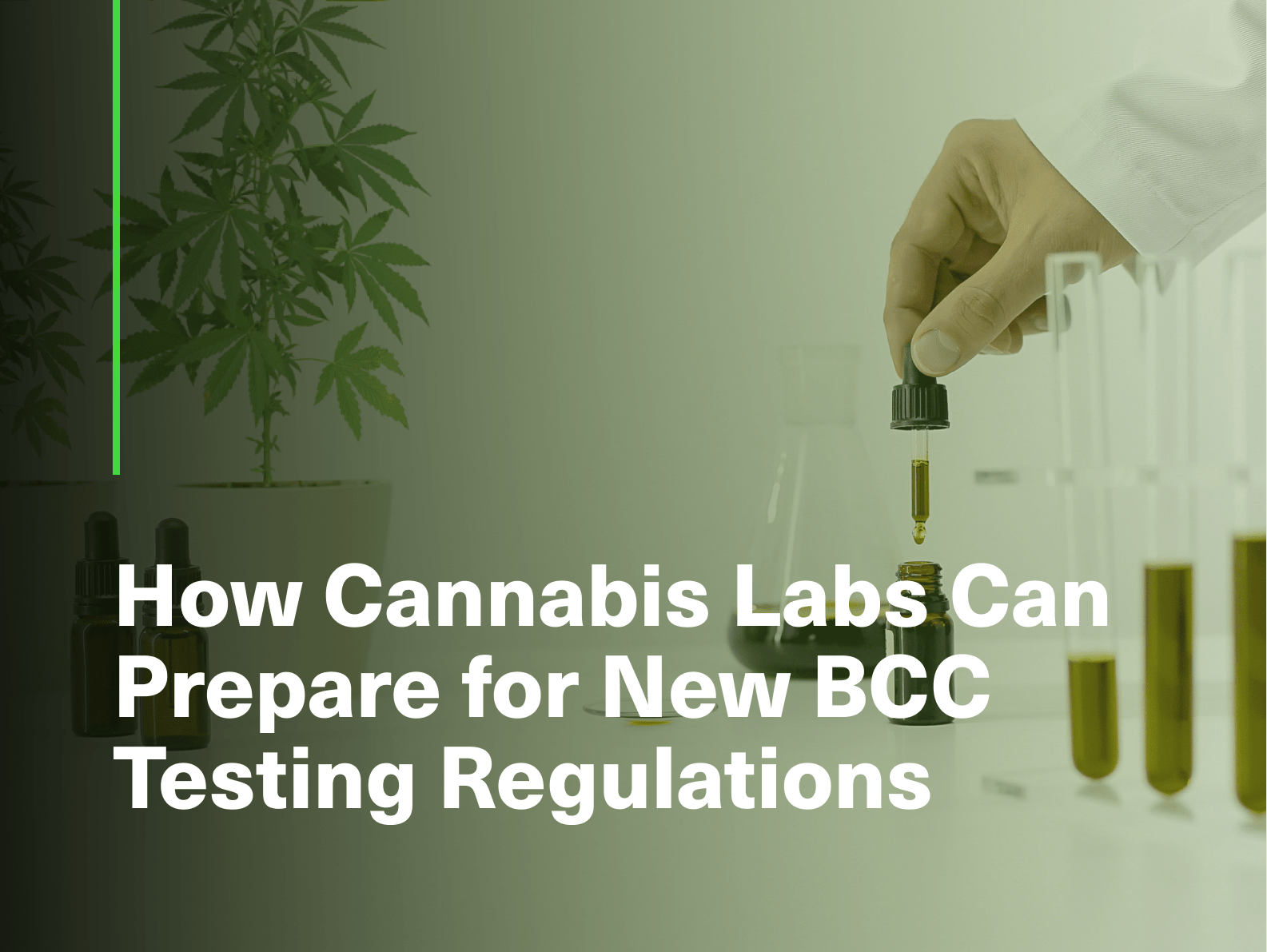This blog is for anyone trying to develop a cannabis business.
Once you’ve fully assessed the opportunities and created a work plan, you’ll need to find a compatible site.
NOTE: if you haven’t created a work plan yet, start by reading our article: “How to Organize a Winning Work Plan.”
Having a well-executed work plan and facilities plan will help you get licensed and give you a clear plan to follow.
Both are mandatory if you want to set yourself up for success.
In this article, we cover the three steps you’ll take in order to find and develop a compatible site.
Let’s get started!
The Risks of Selecting the Wrong Property
Finding a viable cannabis location is a lot more complex than opening a sandwich shop.
From “green zone” issues to pesky neighbors, there’s a lot that can go wrong.
Here are a few of the most common obstacles that cannabis entrepreneurs face while selecting a property:
1. Green zone ambiguity (not always so straightforward)
Just because it’s in a “green zone” doesn’t mean you’ll get approved.
For example, some green zones are only approved for certain types of cannabis operations, like manufacturing and retail, but aren’t approved for cultivation.
2. What are the taxes?
Property taxes for cannabis businesses can range anywhere between 2 to 8 percent.
On a $900,000 piece of land, this difference can add up to a hefty chunk of change.
3. Availability of reasonably priced property
Even if you find a suitable property that’s properly green-zoned, you’ll still need to assess the land and building for quality.
Plus, chances are you’ll have to make a few improvements, and renovations can quickly run into the tens of thousands of dollars.
4. Real estate agents and other experts might give bad advice
Fact: most real estate agents aren’t familiar with the cannabis industry.
Not only that, but many self-proclaimed “cannabis experts” lack critical knowledge about key steps in the process.
Assembling a team of the most knowledgeable professionals is essential.
5. Pesky neighbors might protest opening a cannabis business next to them
Not everyone is excited about marijuana legalization.
Even if you’re in the good graces of local and state regulators, nearby residents might put up a stink.
Believe it or not, when we helped Green Pro Enterprises get licensed in El Monte, California, residents from adjacent counties traveled from over 20 miles away just to protest at our hearing.
This wasn’t the first time, nor will it be the last.
3 Steps to Finding and Developing a Compatible Site
Here are the actual steps you’ll take in order to pick a winning cannabis site and develop a facilities plan:
Step #1: Conduct a property search
Step #2: Perform a property suitability assessment
Step #3: Develop a facilities plan
This is the exact process we use with our clients at Be Green Legal.
1. Property Search
It all starts with creating a short list of viable pieces of property.
The following are the five essential steps to conducting a thorough property search:
Step #1: Determine your needs and capability
No matter where you start, you need to begin with a comprehensive strategy in the form of a work plan.
When we help clients start from ground zero, this begins with a property search, but even if you already have a piece of property, a work plan is still an essential step.
You’ll need targets for…
- Facility size
- Team members
- Production goals
- Funding
- Revenue
…before you even start visiting pieces of property.
Step #2: Search for eligible cities and counties
Once you have a detailed vision of each stage of development, it’ll be time to look for cities and counties that work best with your business goals.
At Be Green Legal, we streamline the process by putting properties into a matrix and evaluating them based on certain parameters.
Most areas are quickly eliminated, leaving you with a short list of front runners.
Step #3: Look for individual parcels within that city or county
Once you’ve identified the eligible cities and counties, take a map of each area and filter them from a licensing perspective.
You’ll be left with an even smaller map of options to fast-track the search.
Step #4: Pull everything together
By now, you should have a small list of only the most viable parcels.
All that’ll be left is to evaluate how well each one is going to mesh with your work plan and negotiate with landlords.
2. Property Suitability Assessment
The property suitability assessment is a deep analysis of each element of the property and how you plan to leverage it.
It involves collecting all the information needed to produce a detailed facilities plan.
In most cases, you’ll have to work with third party surveyors and other specialists with extensive knowledge of the cannabis industry in that region.
Our surveyors use GPS scanning instruments to prepare accurate base maps and 3D models.
They’re able to locate every aspect of the property, including:
- Access roads
- Walkways
- Parking lots
- Property corners
- Trees
- Bodys of water
- Other environmental features
Once you have an accurate base map, you’ll be able to conceptualize the best way to use the property for your business.
3. Develop a Facilities Plan
A facilities plan is a perception design of your property and the facilities on your site.
It communicates to regulators and investors exactly how you envision to use your site to stay in compliance and turn a profit.
This includes big, broad sketches, as well as schematic designs with specific dimensions and engineering codes.
At minimum, local and state agencies, like the Bureau of Cannabis Control, require you to show how you’ll adhere to planning, building, and environmental regulations.
You might also want more elaborate 3D renderings to optimize your workflow and impress investors.
Your planning process must identify:
- How to utilize your land to maximize output
- What land constraints may inhibit your project
- Zoning and land use restrictions that may surround your property
- How to set up your property to reduce cost
The first draft gets submitted to the government for approval.
They then request changes, sign off on it, and give you an engineering plan to submit for a building permit.
Business Killers that You Have to Catch
Half of the battle lies in avoiding expensive errors and delays.
Wetlands and endangered species can put a dagger in the heart of any project.
Community-related issues, like people driving all the way from neighboring counties to protest, is always a looming threat.
But curveballs aside, it’s equally important to leverage your land in the most efficient way possible.
To do that, you’ll need to determine the best areas of the property to utilize your licensing cost.
Ultimately, the easiest way to accomplish this is to partner with real estate agents and lenders who already understand the in’s and out’s of the cannabis industry.
Check out our article about the five crucial things to look for in a cannabis consultant.
Are you in the process of finding a location for your cannabis business?
BeGreenLegal’s team of GIS experts, lenders, consultants, and licensed real estate agents can help you comfortably navigate the entire property search and acquisition process.
Find out more about our Property Search & Compatibility Package today.

